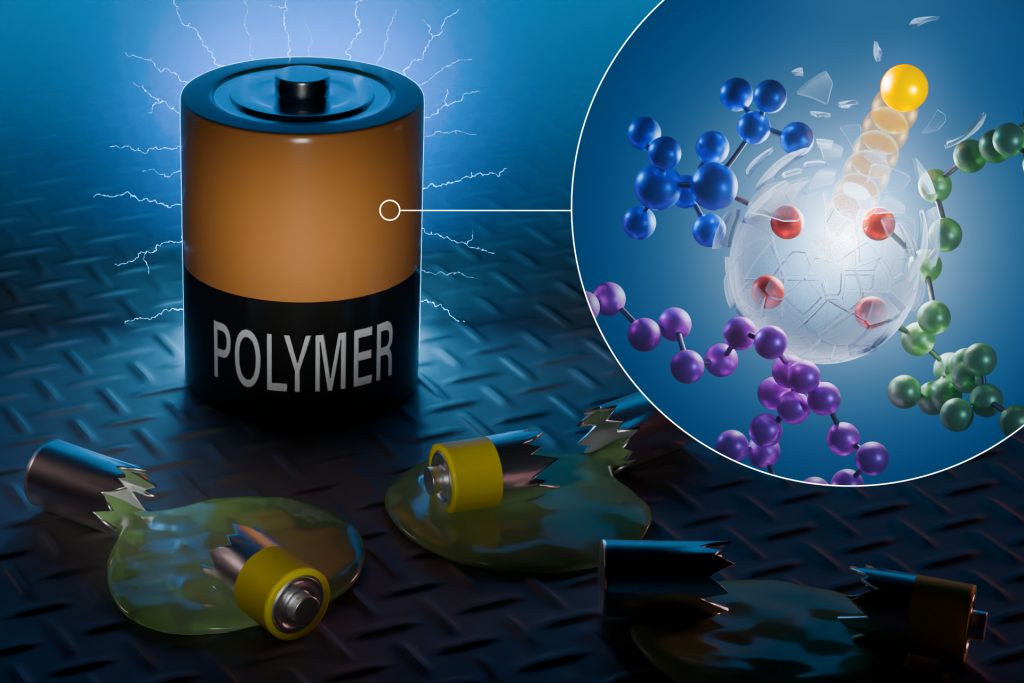An international group of researchers at Oak Ridge National Laboratory (ORNL) has discovered a means to enhance battery design, perhaps leading to the production of stronger, safer lithium batteries.
 Scientists using neutrons set the first benchmark (one nanosecond) for a polymer-electrolyte and lithium-salt mixture. Findings could boost power and safety for lithium batteries. Image Credit: Phoenix Pleasant/ORNL, U.S. Dept. of Energy
Scientists using neutrons set the first benchmark (one nanosecond) for a polymer-electrolyte and lithium-salt mixture. Findings could boost power and safety for lithium batteries. Image Credit: Phoenix Pleasant/ORNL, U.S. Dept. of Energy
The researchers employed quasi-elastic neutron scattering at ORNL to establish the first benchmark, one-nanosecond, or one billionth of a second, for a lithium salt and organic polymer electrolyte combination.
It all comes down to the study of materials. And polymer electrolytes won’t catch fire the way liquid electrolytes do in lithium batteries.
Eugene Mamontov, Distinguished Research Staff and Chemical Spectroscopy Group Leader, Oak Ridge National Laboratory
The neutron approach was used to confirm computer simulations, ending a long-standing argument about how long lithium ions are required to break free from small cages formed by polymer electrolytes.
The pace at which ions in any battery break free from such environments, or solvation cages in polymer electrolytes, influences how energy flows through the battery. Polymer electrolytes may enable more energy-dense electrodes, such as lithium metal, to produce more powerful lithium batteries.
The discoveries also pave the way for quick screening of novel battery materials at ORNL.
Neutrons are highly sensitive to hydrogen, which is present in virtually all electrolytes. This allowed us to see how it moved in the system and understand polymer electrolyte dynamics at an unprecedented level of detail. We couldn’t have pinned down the time and length any other way.
Naresh Osti, Neutron Backscattering Instrument Scientist, Oak Ridge National Laboratory
“Naresh and Eugene’s interpretation of neutron data from the experiment at ORNL opened our eyes to understanding the extent to which lithium ions are caged in polymer electrolytes. Our findings suggest this general approach will apply to liquid electrolytes,” added Nitash Balsara, Charles W. Tobias Professor of Electrochemistry at the University of California, Berkeley.